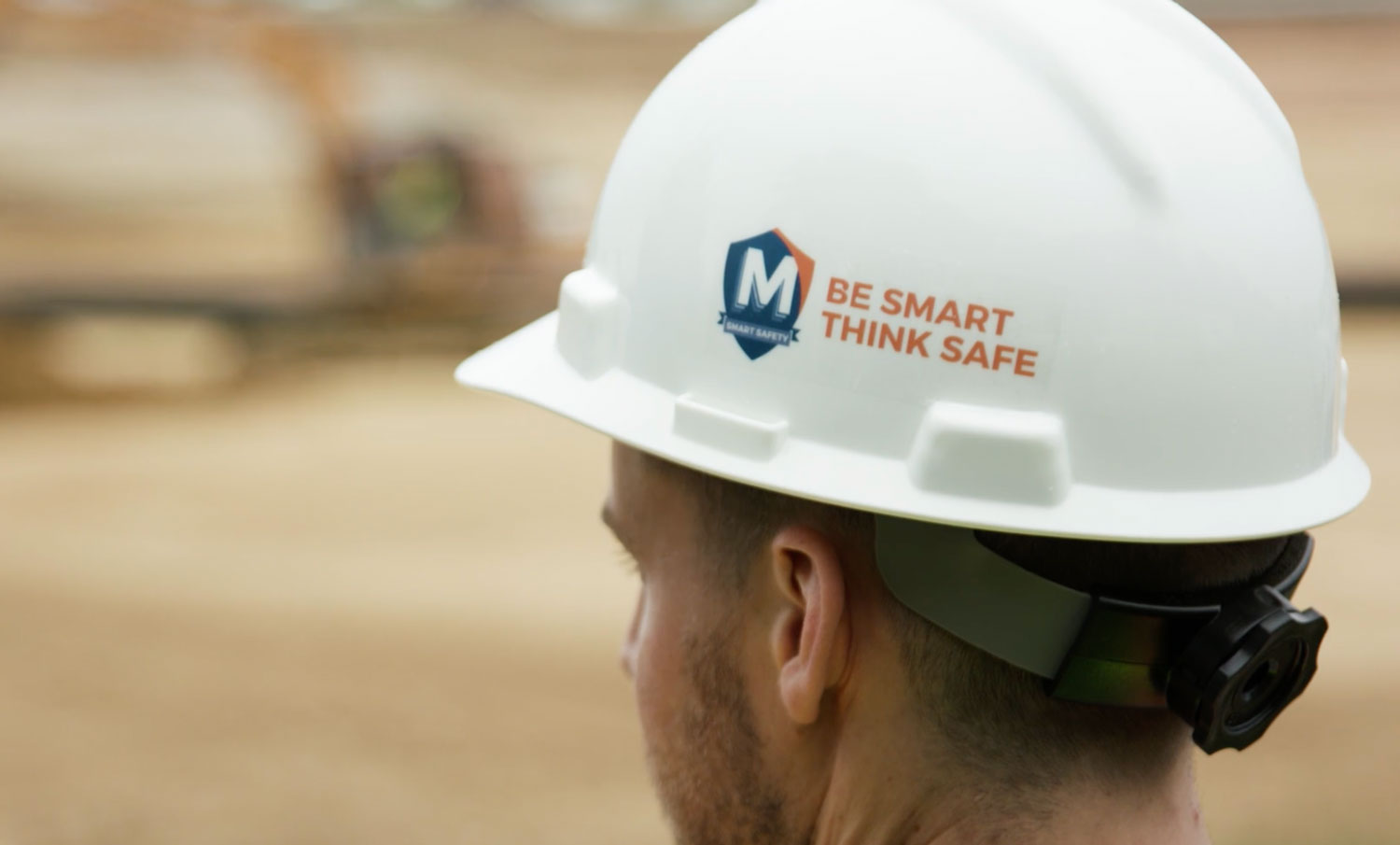
5 Safety Risks Often Overlooked during Construction
by | May 23, 2019 | News |
Whether building the Colosseum in 70AD or building a college campus library in 2019, architects, site supervisors, and workers have shared similar construction safety concerns throughout history. To combat construction safety risks, the first building procedure safety standards were established 4,000 years ago. Though technology and construction methods have evolved over time, we still face safety risks daily. In this article we’ll look at five safety risks that are often overlooked during construction. For each risk, we’ll consider:
- Why the risk can happen
- Consequences of the risk
- How Mowery avoids the risk
- Tip for averting the risk
Risk 1: Not wearing or using the right construction gear
Why it can happen:
If a project is running behind, construction crews can be tempted to work quicker than they should, potentially becoming careless and less aware of their choices when working with equipment. Weather – either very hot or very cold – can create challenging conditions for workers, potentially leading them to be less strict with their safety gear.
Consequence:
Out of 4,674 worker fatalities in private industry in calendar year 2017, 971 or 20.7% were in construction — that is, one in five worker deaths last year were in the construction industry.
Of the top 10 standard violations from OSHA, clothing/gear violations included:
- Fall protection
- Respiratory protection
- Eye and face protection
How we avoid it:
Mowery keeps our team thoroughly informed about OSHA’s safety standards. OSHA keeps our construction workers safe and able to return home each day without injury.
Get up to date with OSHA’s standards for fall protection, respiratory protection, and eye and face protection.
Tip: Consider developing a rewards system for workers who identify and report unsafe acts, conditions or near-misses.
Risk 2: Not enough budget for safety
Why it can happen:
Staying under budget can be challenging and may result in cutting corners to meet a budget.
Consequence:
Reduce costs in construction can sometimes lead to sub-par methods for building resulting in potential weaknesses in process that lead to increased chance of injury.
How we avoid it:
At Mowery, Safety is not optional. It’s one of our foundations and always top priority in our budgeting process. Independent studies have consistently shown every dollar invested in safety programs provides a payback of $4 to $6 in reduced costs. We recognize allocating money towards safety now will keep projects on track and on budget later.
Tip: Creating your own personalized training program helps retain employees with the skill set you require. Construction Industry Institute conducted a study that revealed 85% of employees agreed that training had some type of positive effect on their retention.
Risk 3: Not communicating properly about hazards
Why it can happen:
Employers or job site managers may not properly label hazards or distribute information to workers to keep them informed about proper handling of hazards.
Consequence:
Hazard communication errors are ranked as the number two most frequently violated OSHA standard.
How we avoid it:
When hazards are present on job sites, our managers and supervisors utilize the resources at hand from OSHA to ensure our workers are aware of the job site hazards and how to remain safe on the site. Our team also utilizes a Hazard Communication Management System online that provides access to updated chemical information and simplifies the distribution process of materials to employees and job sites.
Tip: Refer to OSHA’s Steps to an Effective Hazard Communication Program for Employers That Use Hazardous Chemicals as a starting point to create a safety guide about hazards.
Risk 4: Not developing an emergency protocol
Why it can happen:
Depending on the location of a construction site, the likelihood of a natural disaster happening may seem relatively low. In such cases, creating an emergency protocol can be pushed aside or eliminated from the construction process.
Consequence:
The reality is that natural disasters can occur at any time in any place. Not being prepared for fires, floods, or hurricanes can result in devastating damage and set backs.
How we avoid it:
In every project, we always consider the potential and possibility of an emergency and create protocol that can be quickly implemented to keep workers safe.
Tip: The International Code Council provides online courses where you can learn about emergency preparedness on job sites. OSHA created a Getting Started with Emergency Preparedness Guide.
Risk 5: Not staying up to date with changes in building codes/standards
Why it can happen:
Overbooked schedules can lead to little time for some companies to stay abreast of every change in building policy.
Consequence:
Not staying on top of changes in building standards leads to set-backs on the job after inspections, resulting in costly re-work and the potential to miss project deadlines.
How we avoid it:
With expertise and dedication to staying informed of industry advancements, Mowery remains faithful to our foundation that “safety is not optional” in all areas of leadership.
- Our safety director, Mike Monaco, is a Certified Safety Professional (CSP) and has an Associate in Risk Management (ARM).
- Our Superintendents all have a minimum of 30-hour construction training through OSHA and receive quarterly quality management training.
- Our field staff all have a minimum of 10-hour construction training through OSHA.
Tip: Follow organizations such OSHA, ICC, CII and others to get the latest about construction industry safety.
Though job sites are constantly changing, one thing hasn’t changed in over 4,000 years: people are still doing the work. People are responsible for operating new equipment, handling new materials, and testing new products – which comes with safety risks. As Mowery embraces new methods of construction, our foundation that Safety is not optional will always remain the same.
Play it safe and contact Mowery for your next construction project.
 Login
Login